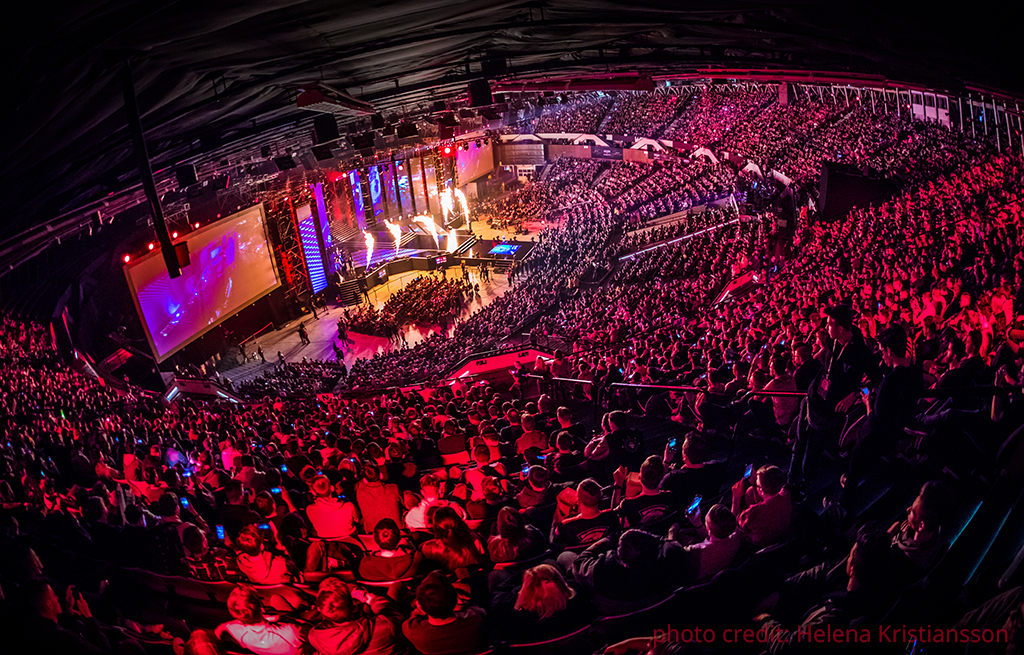Bridal Bliss Insights
Your go-to blog for all things weddings, trends, and bridal elegance.
Beyond the Aces: Unveiling the Thrills of CS:GO Major Championships
Dive into the electrifying world of CS:GO Major Championships! Discover epic plays, top teams, and secrets behind the game’s biggest thrills.
The Evolution of CS:GO Major Championships: A Deep Dive into Competitive Gaming
The evolution of CS:GO Major Championships has been a remarkable journey that reflects the growth of competitive gaming as a whole. Initially launched in 2013, the Counter-Strike: Global Offensive Major Championships quickly became a pinnacle of esports, drawing teams and players from around the world to compete for prestige and substantial prize pools. Over the years, with advancements in streaming technology and increased sponsorship, the viewership for these events has skyrocketed. For instance, the first Major, 'DreamHack Winter 2013,' attracted less than 100,000 viewers, whereas events like 'IEM Katowice 2020' have seen millions tune in, showcasing the dramatic rise in popularity of competitive gaming.
As the scene has matured, so too has the format and structure of the Major Championships. The transition from a simple single-elimination format to a more complex system featuring group stages and playoffs has allowed for more competitive integrity and the opportunity for underdog teams to shine. Notably, the introduction of the 'Legend' status for teams that perform consistently well in these tournaments has added an additional layer of prestige. With each championship, the stakes have risen, and the current editions of CS:GO Majors not only serve as a battleground for teams but also celebrate the vibrant community that surrounds competitive CS:GO, solidifying its place in the esports hierarchy.

Counter-Strike is a highly popular tactical first-person shooter game that emphasizes teamwork and strategy. Players can select to be part of either the terrorist or counter-terrorist team, with the main goal being to complete objectives such as bomb planting or hostage rescue. For those looking to improve their gameplay, discovering niko cs2 settings can provide useful insights and configurations that enhance performance and precision.
Top 5 Iconic Moments in CS:GO Major History That Shook the Community
The history of CS:GO Majors is filled with unforgettable moments that have shaped the competitive landscape of esports. Among these, the Top 5 Iconic Moments stand out, not just for their significance in-game, but for how they united fans around the world. One pivotal moment occurred during the 2013 DreamHack Winter when Fnatic faced off against NiP in a nail-biting final. With an unexpected reverse sweep, Fnatic not only claimed their first Major title but also dethroned the previously invincible NiP's 87-0 map win streak, sparking a frenzy of excitement within the community.
Another unforgettable highlight came during the 2019 Berlin Major, where Team Liquid showcased their dominance by defeating Astralis in a stunning 3-1 victory, becoming the first North American team to achieve a Major title. This moment was emblematic of a shifting balance in the CS:GO competitive scene. The community buzzed with discussions about Liquid's exceptional teamwork and strategy, as their triumph represented a new era in Counter-Strike history, showing that North America could stand shoulder to shoulder with established powerhouses.
What Makes a CS:GO Major Championship Unique? Exploring the Thrills and Challenges
Counter-Strike: Global Offensive (CS:GO) Major Championships stand out in the esports landscape for several reasons. Firstly, the sheer scale of these events combines a variety of elements that elevate the competitive experience. From the intense atmosphere of packed arenas filled with passionate fans to the global reach of live streaming, Majors create a unique spectacle. The thrills of momentous plays and nail-biting rounds captivate audiences, while the stakes are incredibly high, as teams vie for not only a significant prize pool but also prestige and recognition. Each Major features a rigorous qualification process, which means only the best teams earn their place, adding to the challenge and excitement of the tournament.
Furthermore, the challenges faced by both players and organizers during a Major play a crucial role in its uniqueness. Teams must adapt to quickly evolving strategies and overcome the psychological pressures that come with competing under the spotlight. The format of the tournament, often involving multiple stages such as the Challengers Stage, Legends Stage, and Champions Stage, tests a team's consistency and resilience. Additionally, the organizers must navigate logistical hurdles, from event venue setups to live broadcast logistics, all aimed at delivering an unforgettable experience for fans and players alike. This combination of elements makes each CS:GO Major an unparalleled experience in the esports realm.